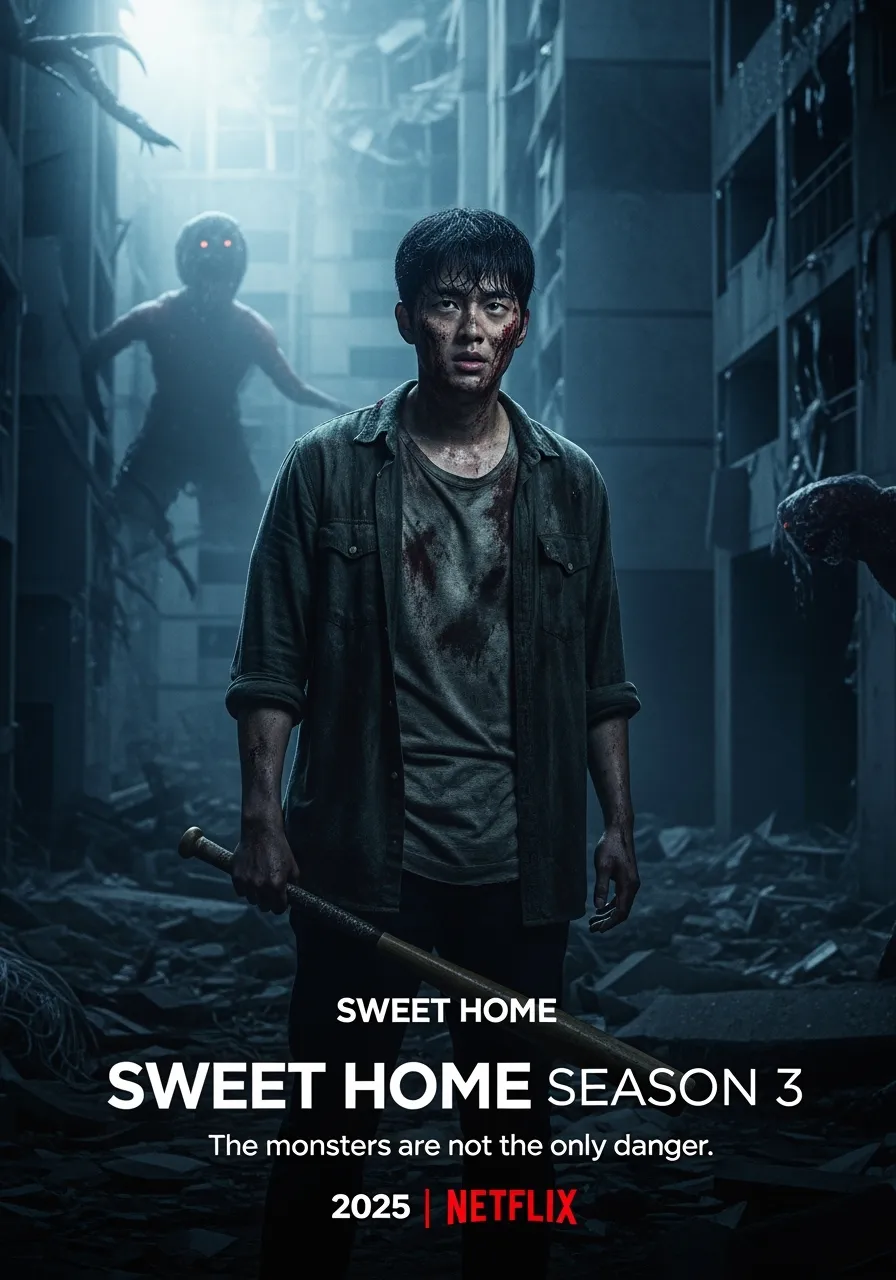The Sign of Zorro (1958) is a classic action-adventure film that brings the legendary masked hero to life. Directed by Lewis R. Foster, the film stars Guy Williams as the iconic Zorro, a character created by Johnston McCulley. With its mix of swashbuckling action, romance, and social justice themes, the movie remains a beloved entry in the Zorro franchise and a true representation of 1950s adventure cinema.
Plot Overview
Set in early 19th-century California, The Sign of Zorro follows the story of Don Diego de la Vega (Guy Williams), a nobleman who secretly adopts the masked persona of Zorro to fight against the oppressive rule of corrupt officials. Don Diego, portrayed as a mild-mannered and effeminate aristocrat, is revealed to be a cunning and skilled swordsman who stands up for the poor and oppressed. With his trademark Z on the back of his enemies, Zorro becomes a symbol of justice for the people.

The film focuses on Zorro’s battle to overthrow the tyrannical Captain Esteban (Basil Rathbone) and his men, who have been exploiting the citizens of the town. As Zorro fights for justice, he also navigates his romantic feelings for the beautiful Lolita (Terry Moore), adding a layer of personal stakes to the otherwise action-packed narrative.
Characters and Performances
Guy Williams delivers a charismatic and entertaining performance as Zorro. His portrayal of Don Diego as a charming but understated nobleman contrasts effectively with his more confident and daring Zorro persona. Williams brings energy and charm to the role, capturing the essence of the swashbuckling hero.

Basil Rathbone, known for his work as a villain in other classic films, excels as Captain Esteban. His portrayal of the cold and calculating antagonist adds tension to the film, making Zorro’s mission to thwart him all the more satisfying. Terry Moore plays the role of Lolita with grace, providing a romantic subplot that enhances the emotional stakes of the film.
Themes of Justice and Social Change
At its core, The Sign of Zorro is about fighting for justice and standing up against tyranny. Zorro represents the common man’s desire for freedom and equality, using his intelligence, skill, and courage to take down the corrupt officials who oppress the people. The film carries strong messages about social change, emphasizing the importance of doing what is right, even when faced with adversity.

Action and Sword Fighting
The film excels in its action sequences, particularly the sword fights. Zorro’s trademark skill with a blade is on full display, with several exciting duels that showcase his agility and precision. The choreography is well-executed, and the use of the sword as both a weapon and a symbol of Zorro’s justice is central to the character’s appeal. These action moments are thrilling and add a sense of adventure to the story.
Direction and Cinematography
Lewis R. Foster's direction ensures that the film remains fast-paced and engaging, with a perfect balance of action and character development. The cinematography captures the vibrant atmosphere of 19th-century California, with sweeping shots of the landscape and tight close-ups during the sword fights, keeping the viewer’s attention locked on the unfolding drama. The film’s production design, costumes, and setting all work together to create a visually appealing and immersive historical backdrop.

Conclusion
The Sign of Zorro (1958) is a charming, action-packed film that captures the spirit of adventure and justice. With its memorable performances, exciting sword fights, and timeless themes, it remains a standout in the Zorro franchise and a beloved classic for fans of swashbuckling heroes. Guy Williams brings Zorro to life in a way that resonates with audiences, and the film's legacy continues to be an important part of adventure cinema history. If you're looking for a thrilling, yet heartfelt adventure, The Sign of Zorro delivers both in spades.

-1739163787-q80.webp)

-1747716802-q80.webp)

-1748427036-q80.webp)